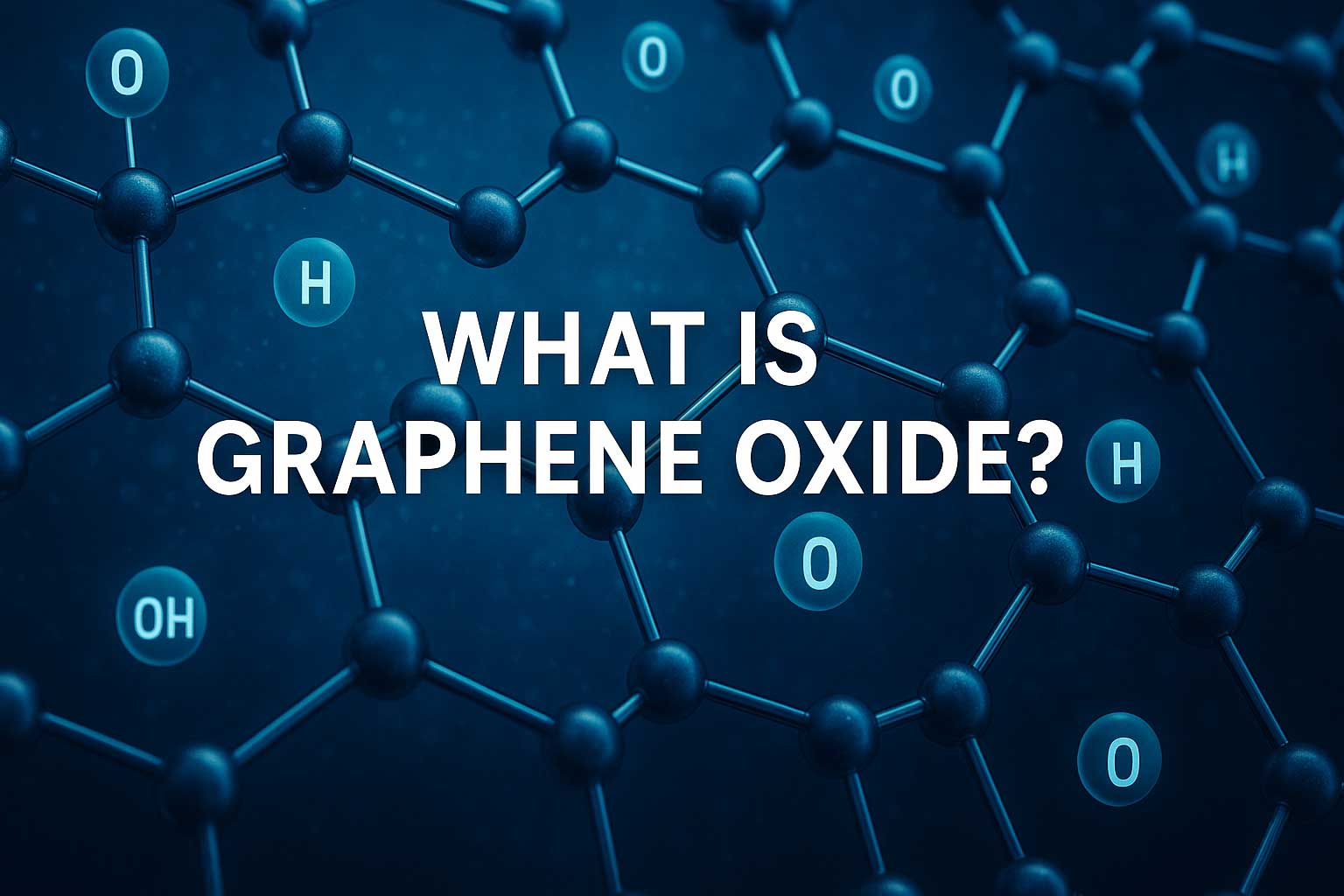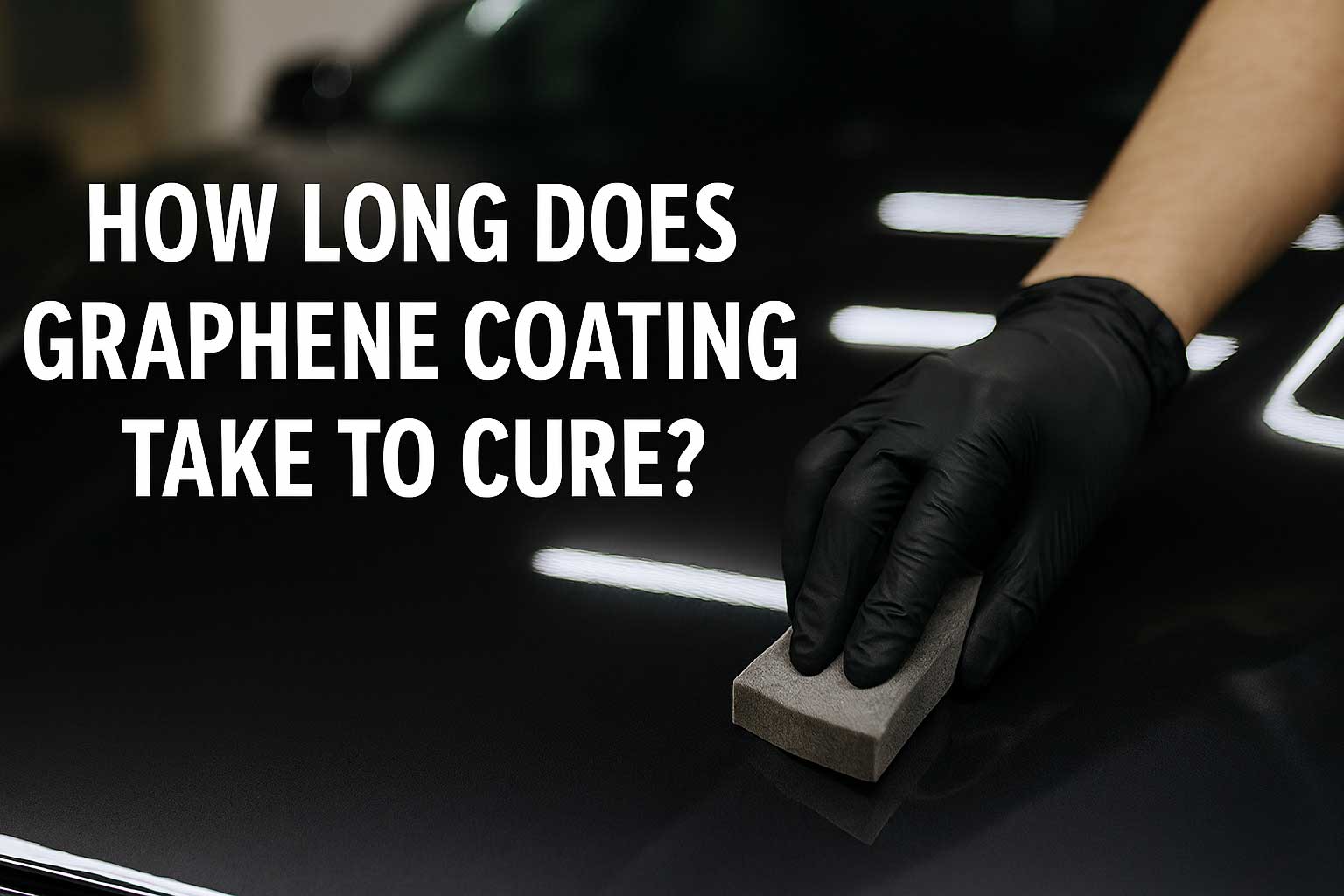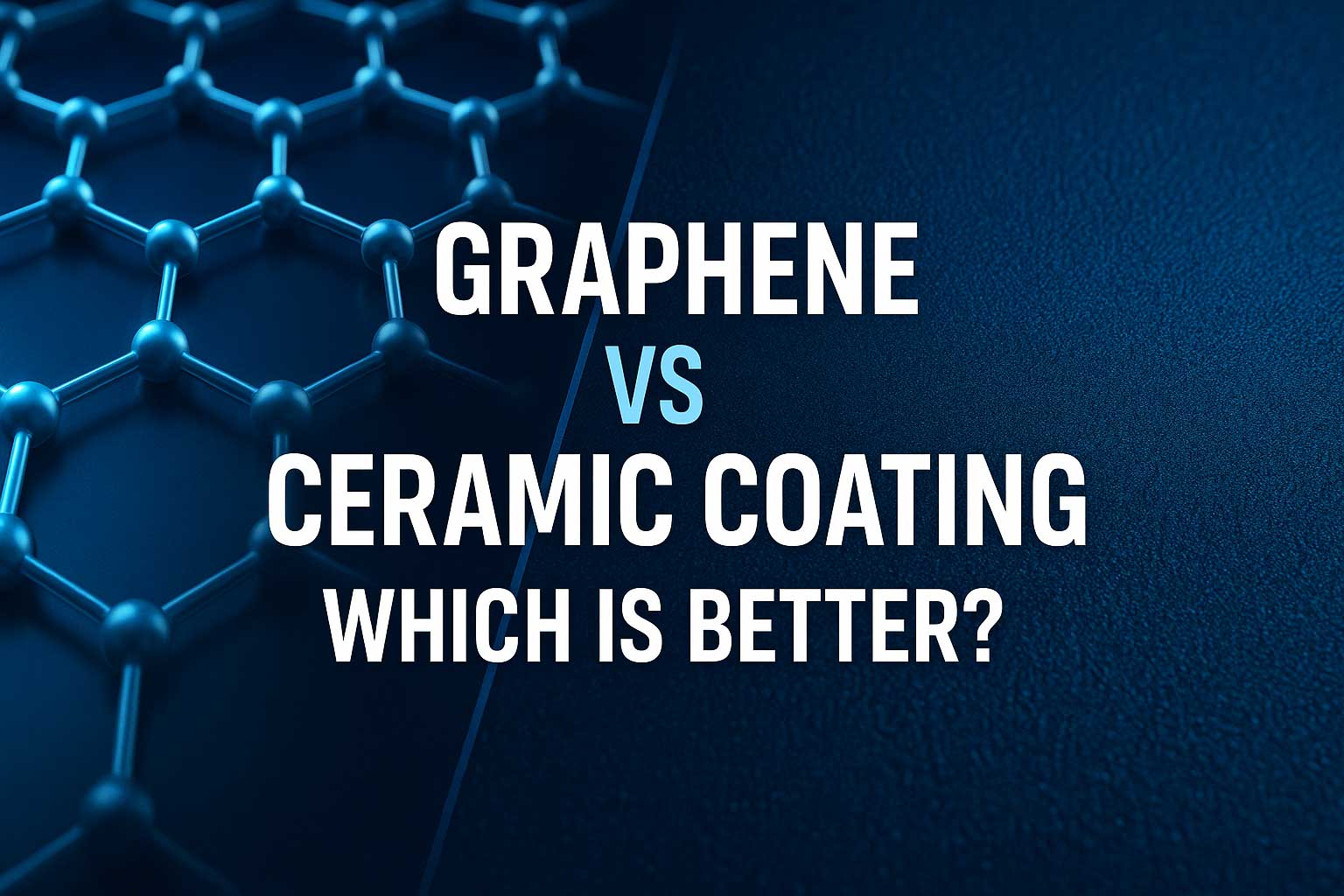What Is Graphene Oxide? Structure, Properties & Applications Explained
Graphene oxide (GO) is a chemically modified form of graphene that contains oxygen functional groups attached to its carbon lattice. Unlike pristine graphene, graphene oxide is dispersible in water and other solvents, making it easier to process for industrial and scientific applications.
This article explains what graphene oxide is, how it is synthesized, its structure and unique properties, and why it plays a crucial role in nanotechnology, energy storage, and biomedical engineering.
1. Structure of Graphene Oxide
Graphene oxide consists of a single atomic layer of carbon atoms arranged in a honeycomb pattern similar to graphene, but with oxygen-containing groups — such as hydroxyl (–OH), epoxy (–O–), and carboxyl (–COOH) — attached to its surface and edges. These oxygen groups disrupt the sp2 carbon network, partially converting it to sp3 hybridized carbon.
This structural modification introduces defects and increases interlayer spacing, allowing graphene oxide to interact more readily with water, polymers, and biomolecules.
2. Discovery and Development
The origins of graphene oxide date back to the mid-19th century when Benjamin C. Brodie oxidized graphite using potassium chlorate and nitric acid in 1859. Modern synthesis methods, however, evolved from the Hummers' method (1958), which uses a mixture of sulfuric acid, sodium nitrate, and potassium permanganate to oxidize graphite efficiently.
Today, researchers continue refining these techniques to improve safety, yield, and scalability for commercial production of graphene oxide and its derivative — reduced graphene oxide (rGO).
3. Key Properties of Graphene Oxide
- Hydrophilicity: The presence of oxygen groups makes GO water-dispersible, enabling solution-based processing.
- Chemical Reactivity: Oxygen functionalities act as active sites for chemical modification or reduction.
- Electrical Conductivity: GO is less conductive than graphene but can regain conductivity after reduction to rGO.
- Mechanical Strength: Retains excellent strength and flexibility, suitable for composite reinforcement.
- Thermal Stability: Stable up to moderate temperatures before deoxygenation occurs.
4. How Graphene Oxide Is Synthesized
The most common technique is the Hummers' method and its improved variations. The process involves oxidizing natural graphite flakes in a strong acidic environment, followed by exfoliation to separate layers into single sheets of GO. Key steps include:
- Oxidation of graphite using acids and oxidizing agents
- Exfoliation via ultrasonication or mechanical stirring
- Purification and washing to remove residual ions and acids
Alternative methods such as electrochemical oxidation and greener synthesis routes using mild oxidants are also emerging to reduce environmental impact.
5. Applications of Graphene Oxide
Graphene oxide's unique combination of chemical versatility and mechanical strength allows its use across multiple industries:
- Energy Storage: Used in lithium-ion batteries and supercapacitors as electrode material due to its high surface area and tunable conductivity.
- Water Purification: GO membranes can filter heavy metals, salts, and organic pollutants effectively.
- Biomedical Applications: Serves as a carrier for drug delivery, biosensors, and tissue engineering due to its biocompatibility.
- Composites: Enhances polymers and coatings by improving barrier, electrical, and mechanical properties.
- Flexible Electronics: Enables conductive inks and transparent films for printed and wearable electronics.
For comparison, see What Is Graphene? — our in-depth guide explaining the base material.
6. Future Outlook and Challenges
Graphene oxide holds immense promise for next-generation materials. However, key challenges remain — such as achieving uniform oxidation, understanding structure-property relationships, and developing environmentally safe large-scale production methods. Ongoing research aims to refine GO synthesis and integration into advanced energy devices and medical technologies.
FAQ
Q1: What is the difference between graphene and graphene oxide?
Graphene is a pure carbon sheet with high electrical conductivity, while graphene oxide contains oxygen groups that make it more chemically active but less conductive.
Q2: How is graphene oxide reduced back to graphene?
Through chemical, thermal, or electrochemical reduction — processes that remove oxygen groups, partially restoring graphene's conductivity.
Q3: Is graphene oxide toxic?
At low concentrations, GO is generally considered biocompatible, but its toxicity depends on particle size, oxidation level, and exposure duration.
Q4: Can graphene oxide conduct electricity?
GO itself is an electrical insulator, but partial reduction yields reduced graphene oxide (rGO), which conducts electricity efficiently.
Q5: What are future uses of graphene oxide?
Potential applications include next-generation batteries, supercapacitors, biomedical imaging, and smart membranes for environmental engineering.





Leave A Comment